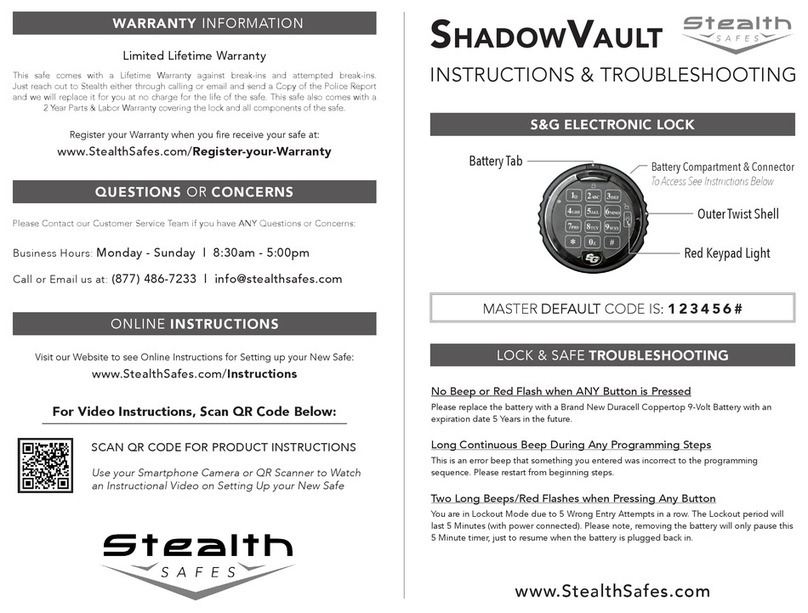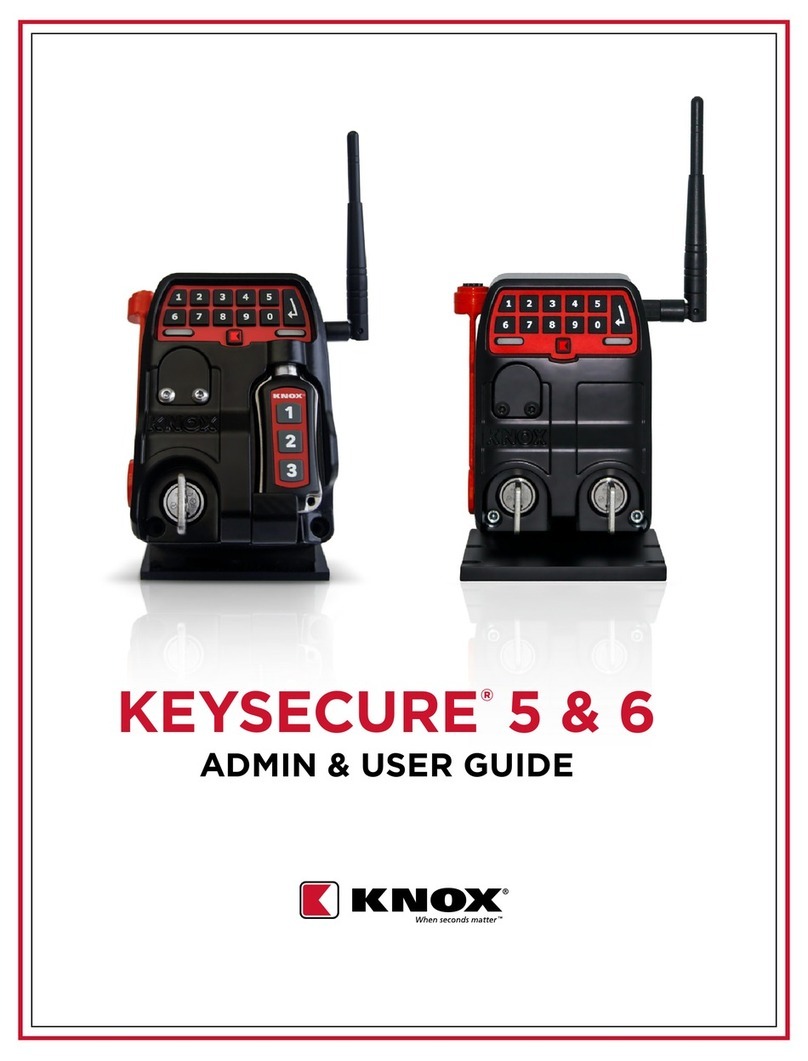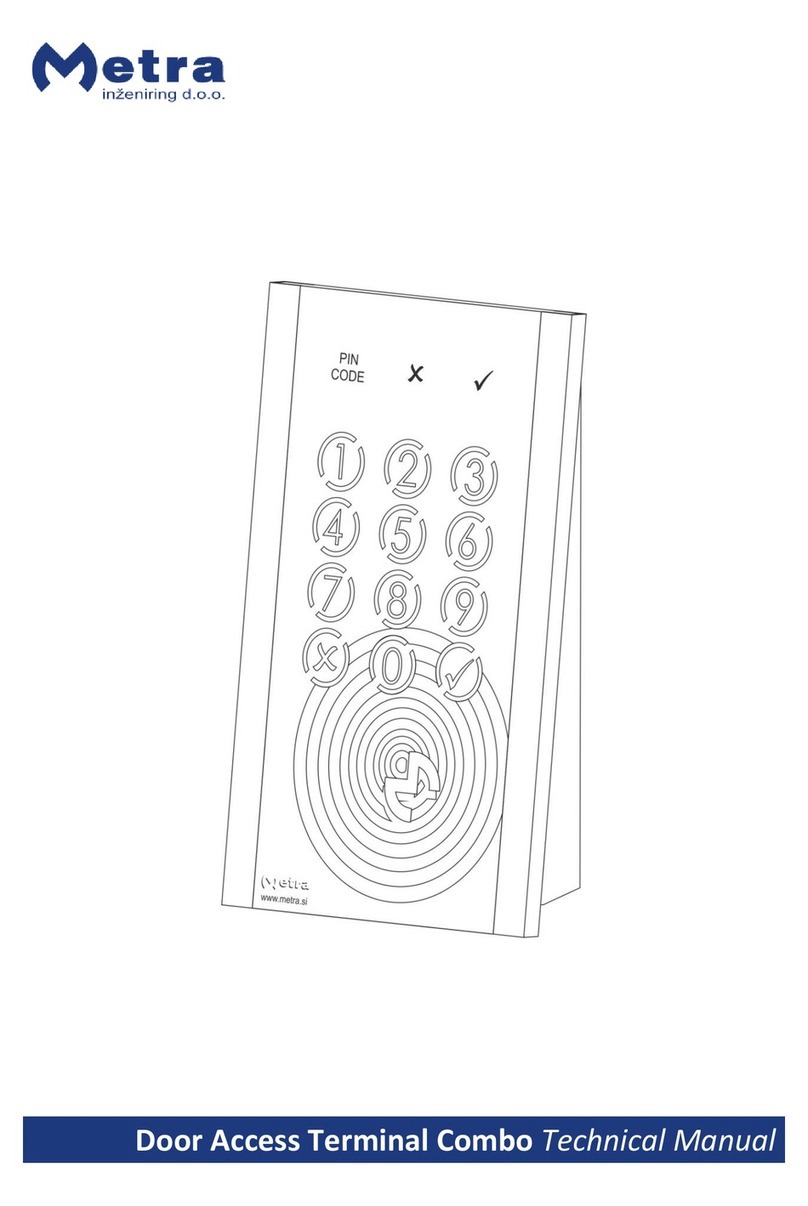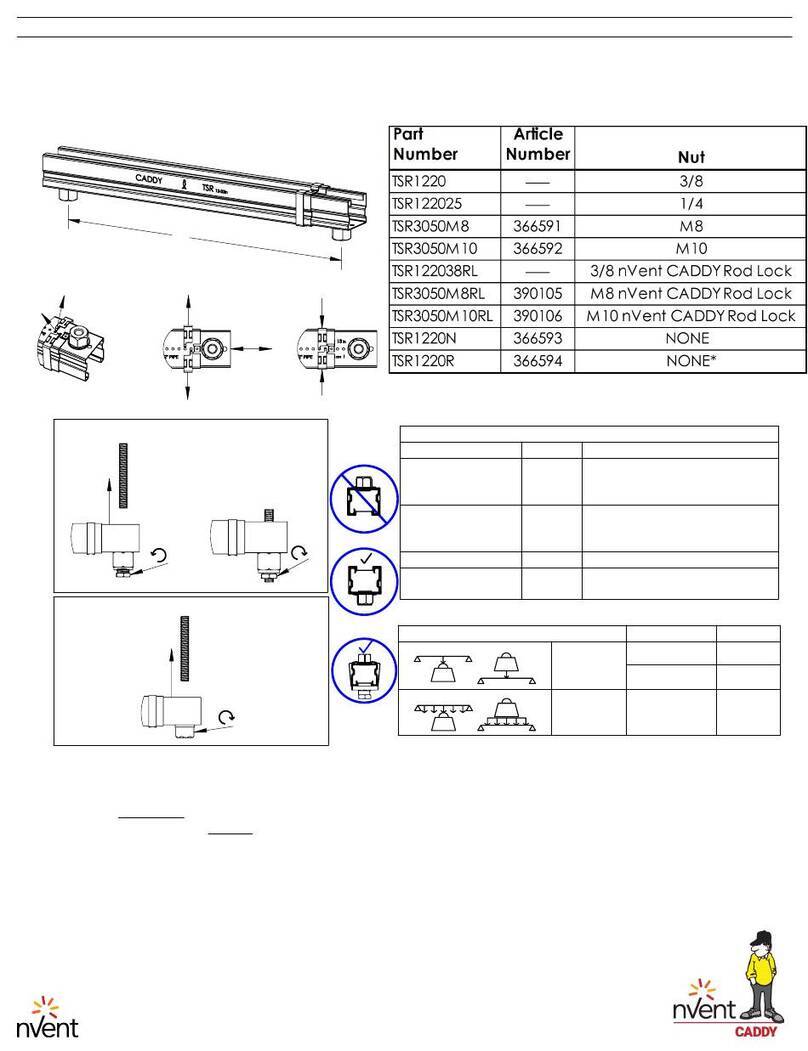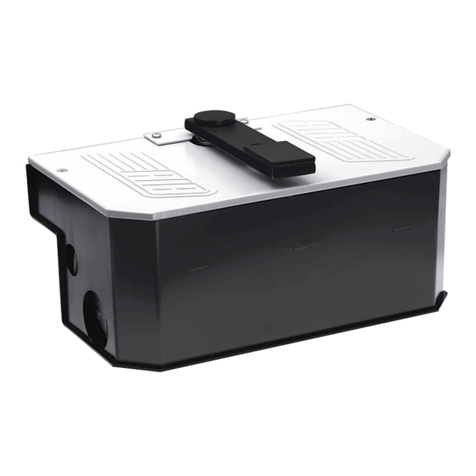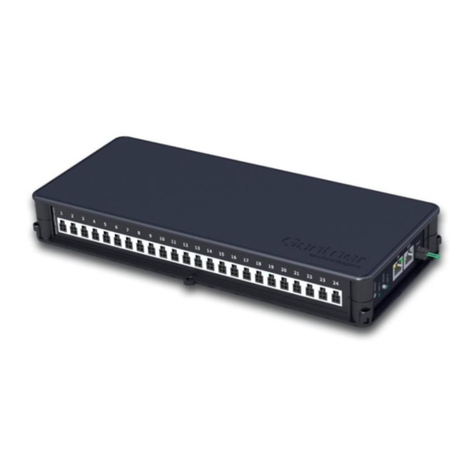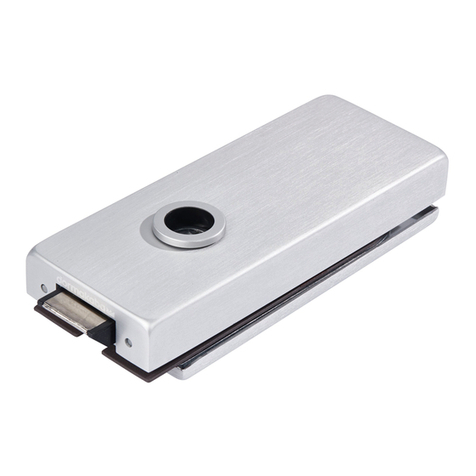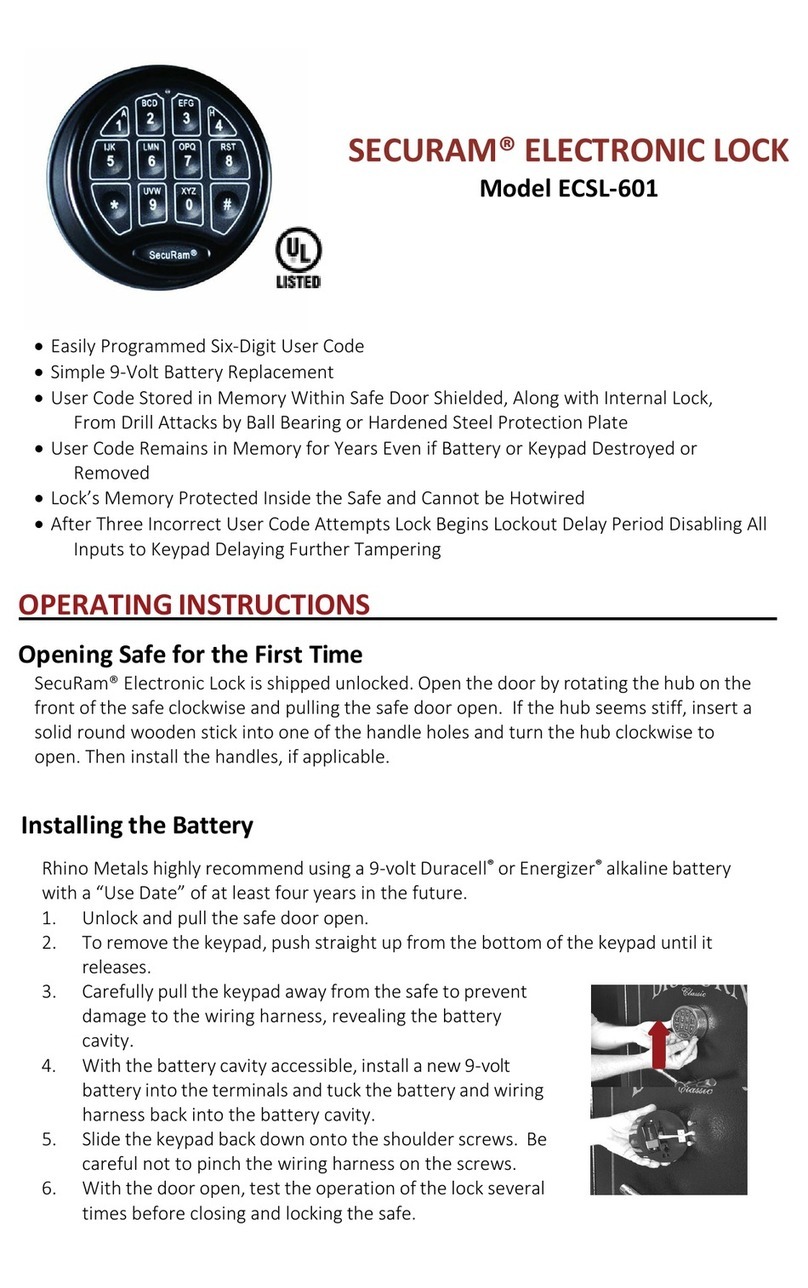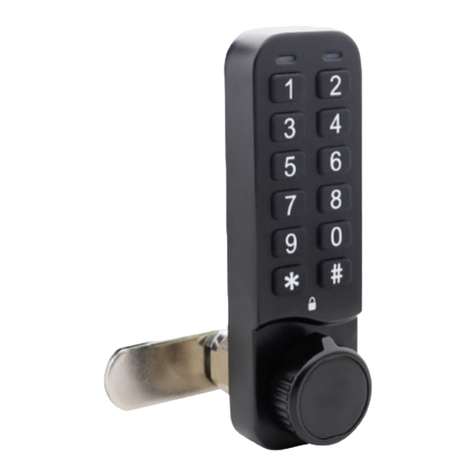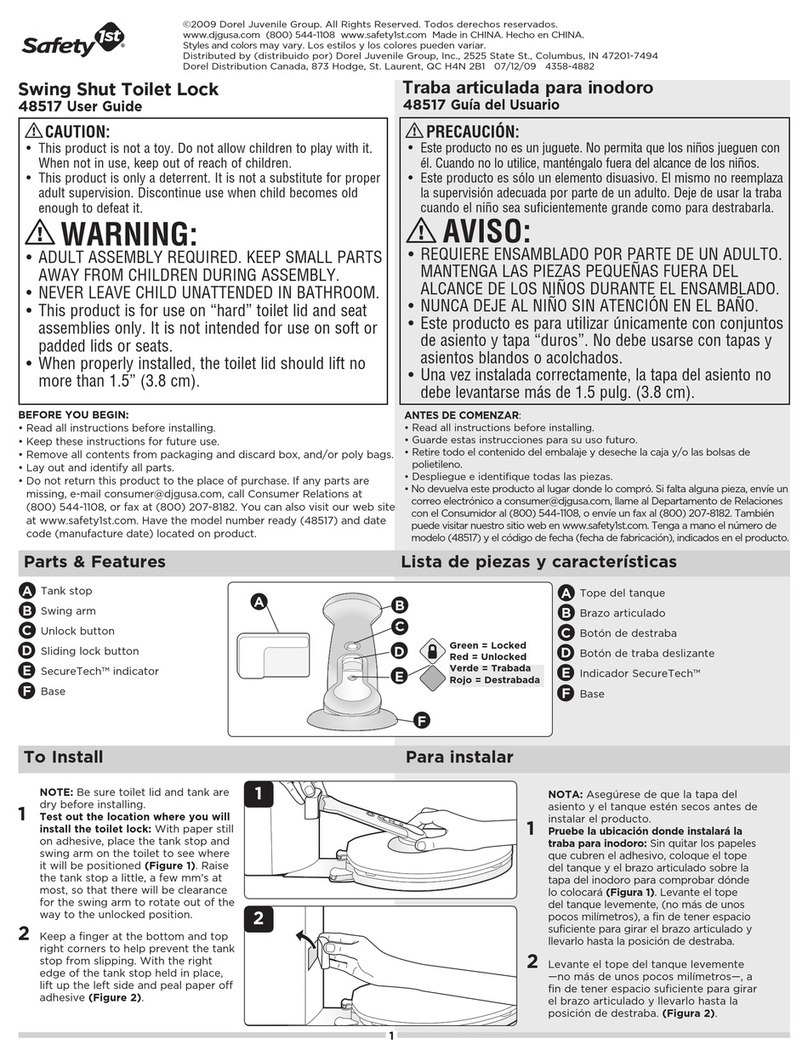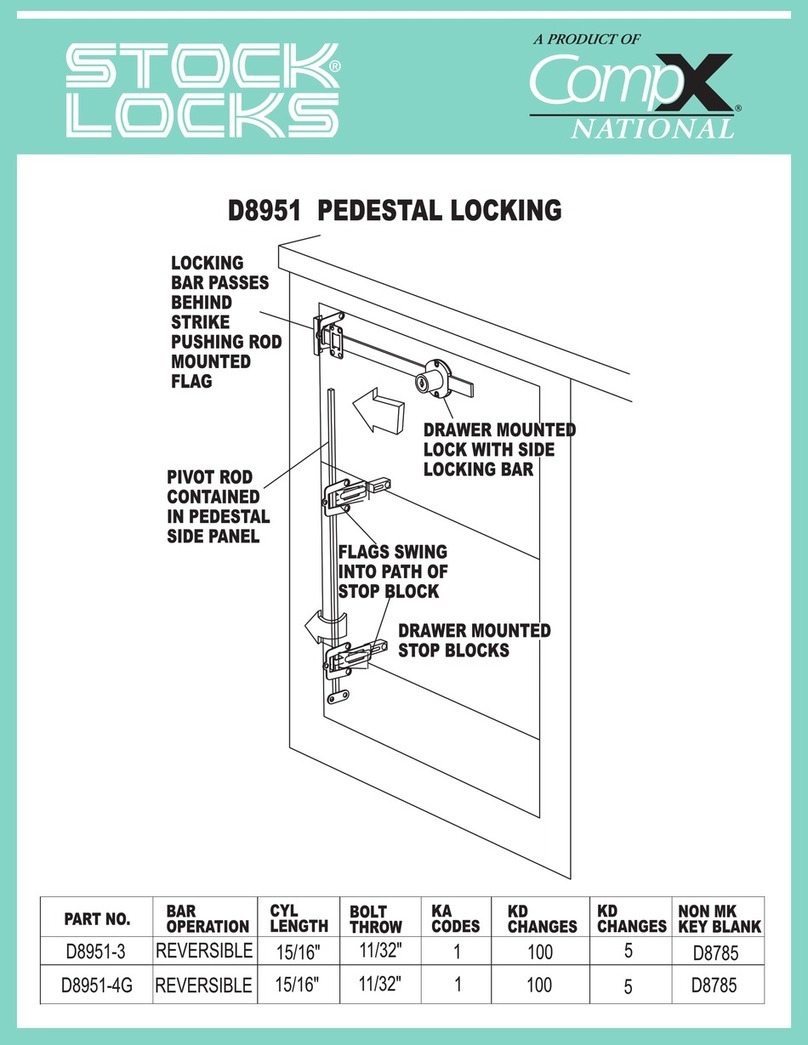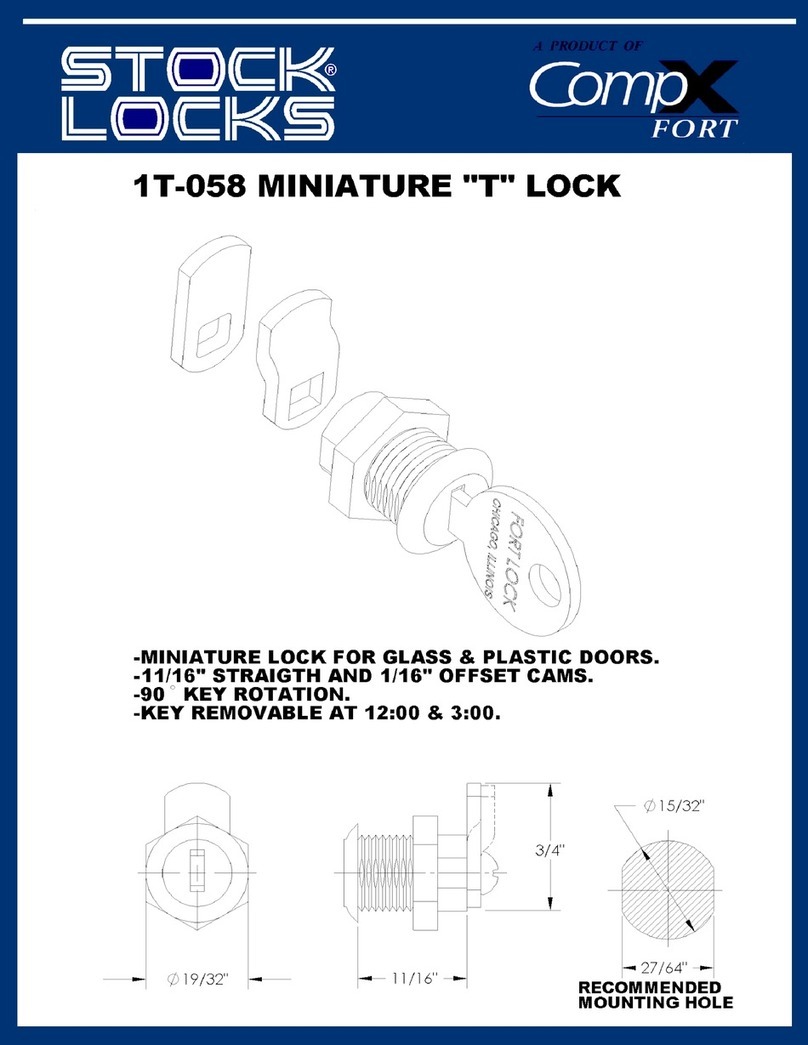
4 |nVent.com/CADDY
1. Wire Rope Support Overview
C. SLS FEATURES
The locking device is the piece of hardware that holds the wire loop in place. The Speed Link SLS locking device is designed to be the
safest, most aesthetical, and easiest locking device on the market. The guide below shows several of the product’s innovative features
and the overall goal of each one.
EASE OF USE FEATURES
Push-to-install retaining
nut simplifies installation
Engineered elongated retaining
nut reduces unwanted sway
ofthetrapeze during installation
andprovides higher stability
The outside of the housing
isthreaded for easy and secure
attachment to the nut
Speed Link is lighter, faster to install,
easier to transport and generates
less waste than alternative
hangingmethods
Two tool-free locking devices are
available for three wire sizes
• SLS2 compatible with
1.5mm and 2mm wire
• SLS3 compatible with
3mm wire
SAFETY FEATURES
Length of stem allows the device
to be installed in strut profiles
without the need to insert fingers
ortools into the strut
UL Listing on all 4 end-fittings
for pre-cut lengths
2-jaw gripping mechanism
is designed for stronger grip,
limiting the possibility of
accidentally dropping the load
Keyless release tube is designed
to allow safe and easy adjustment,
even while wearing bulky gloves
AESTHETICAL FEATURES
Low-profile locking device
provides a positive aesthetic
to a finished project
Similar housing style creates a consistent
look when used in projects alongside the
Speed Link SLK System
The color of the line corresponds
to the larger goal of each feature:
SAFETY FEATURES
AESTHETICAL FEATURES
EASE OF USE FEATURES

